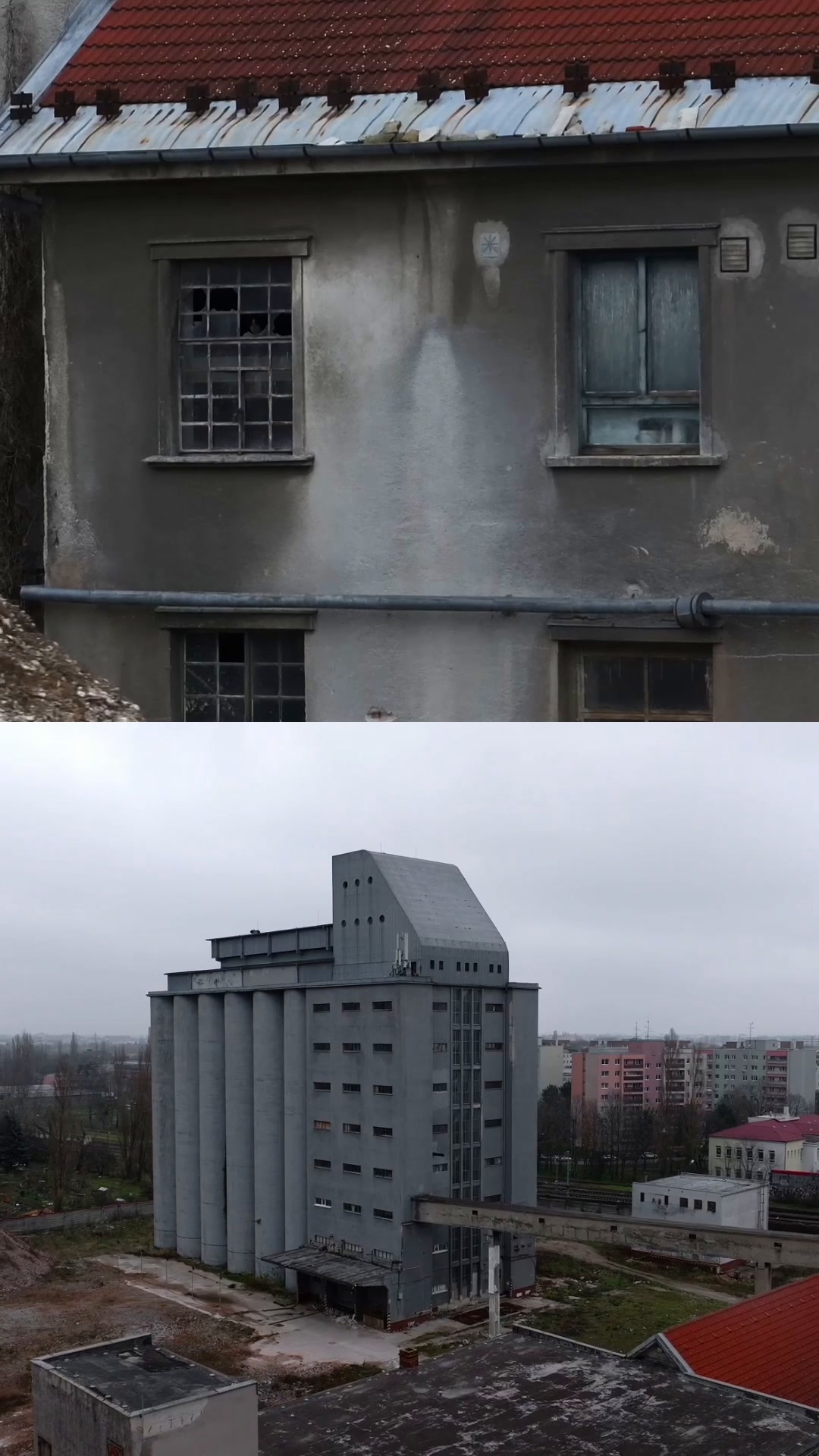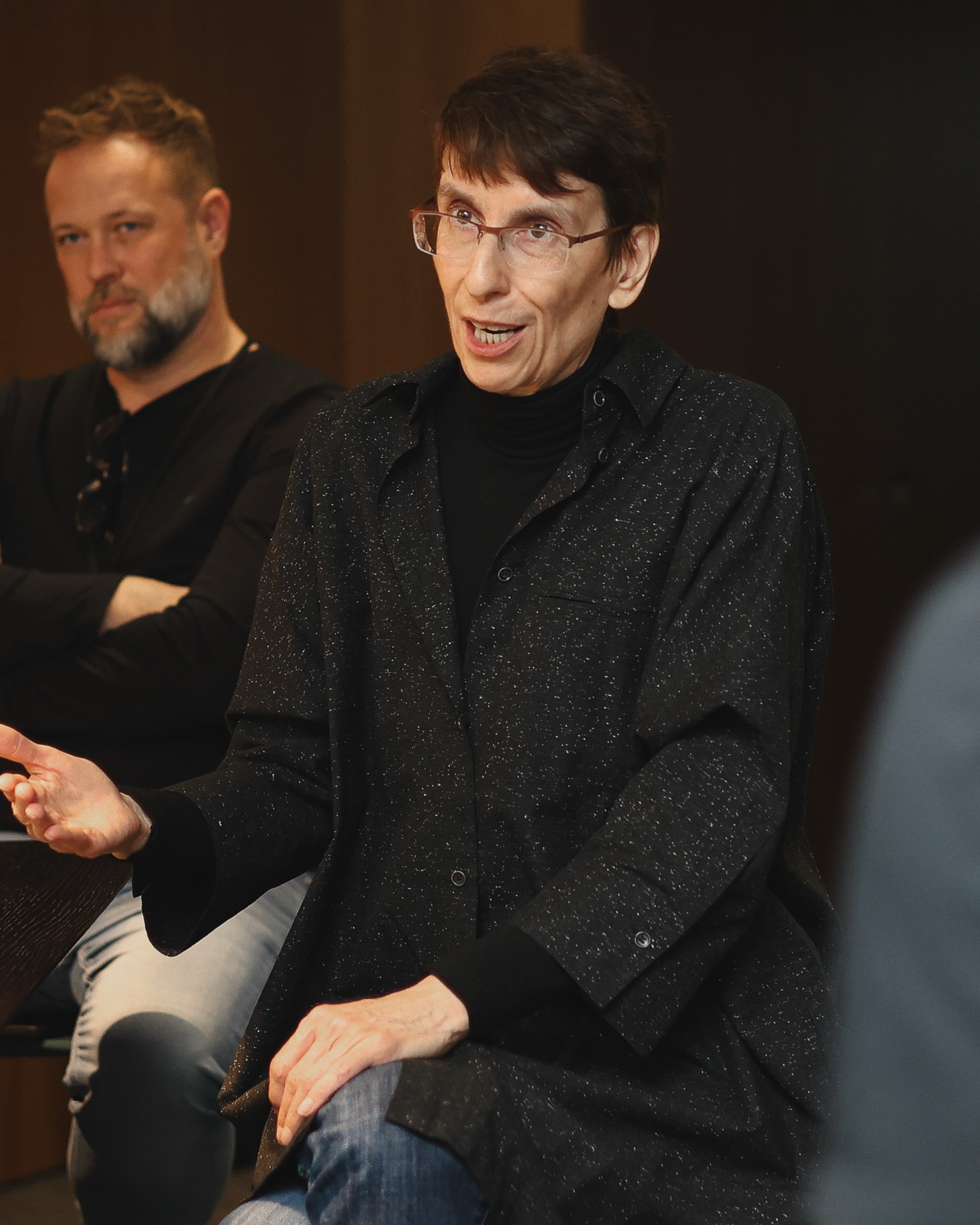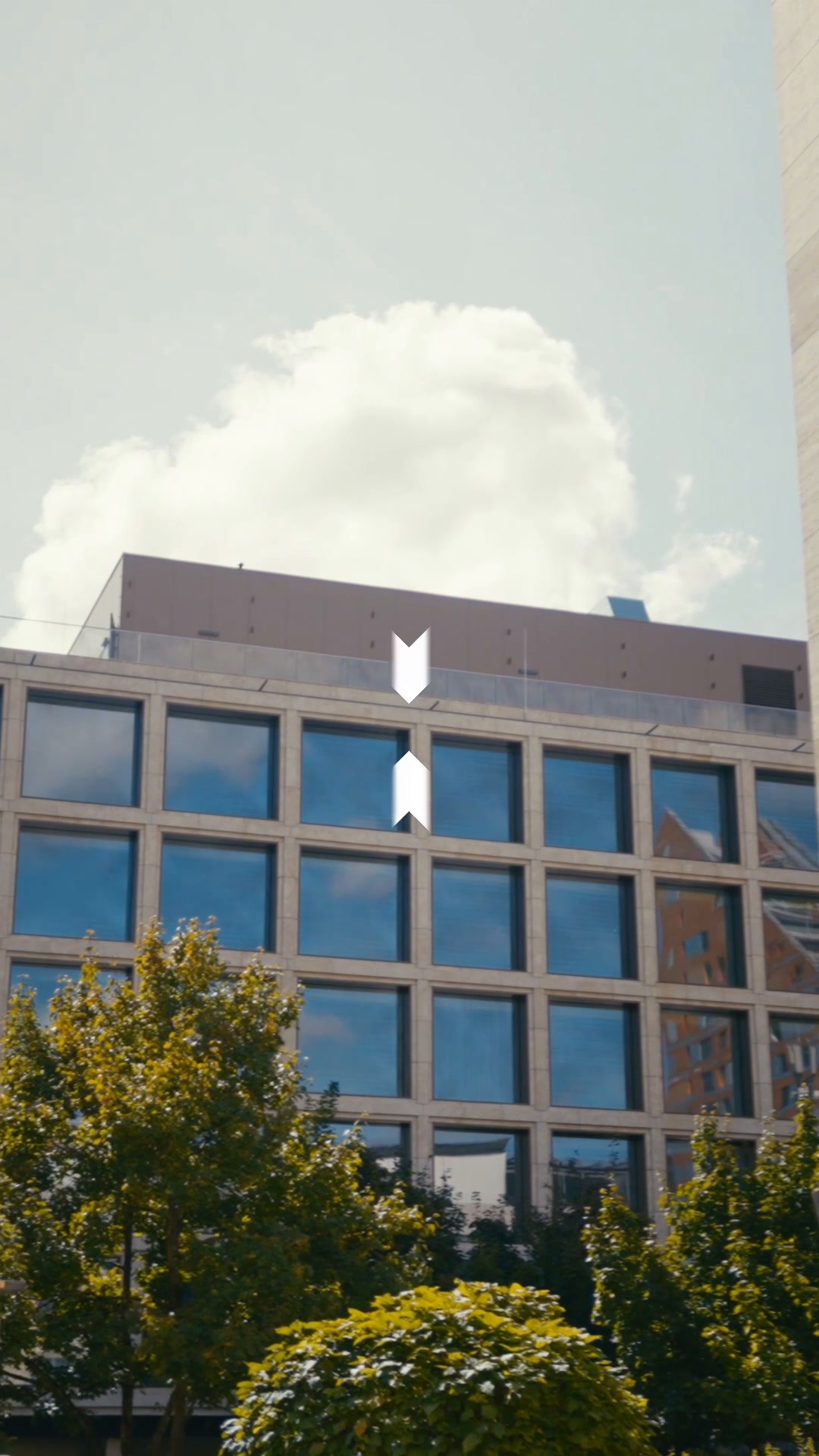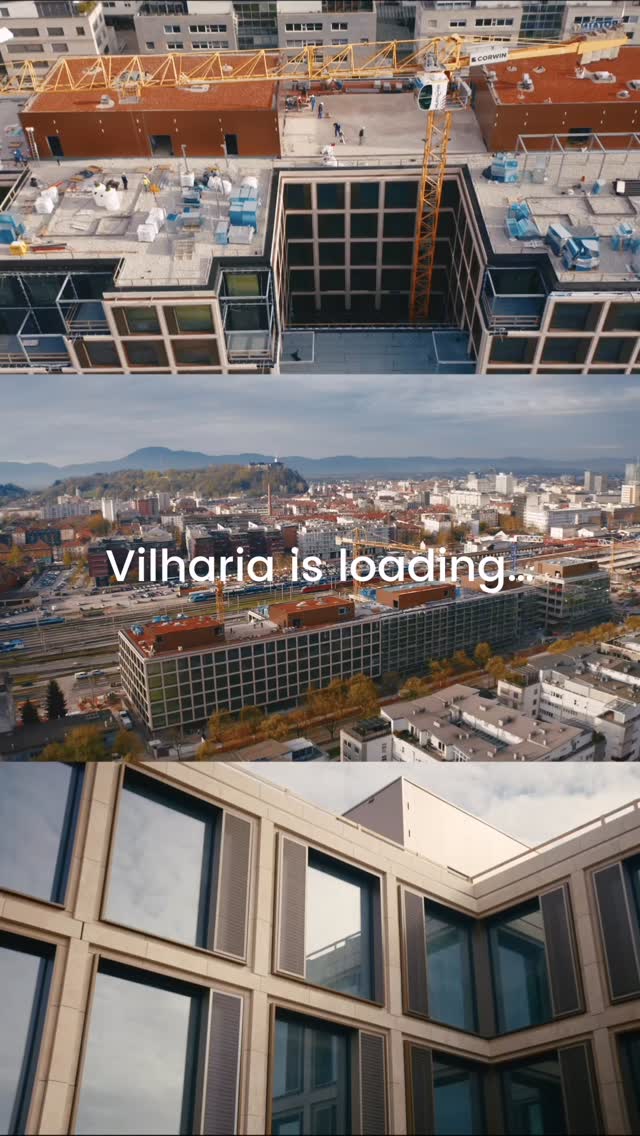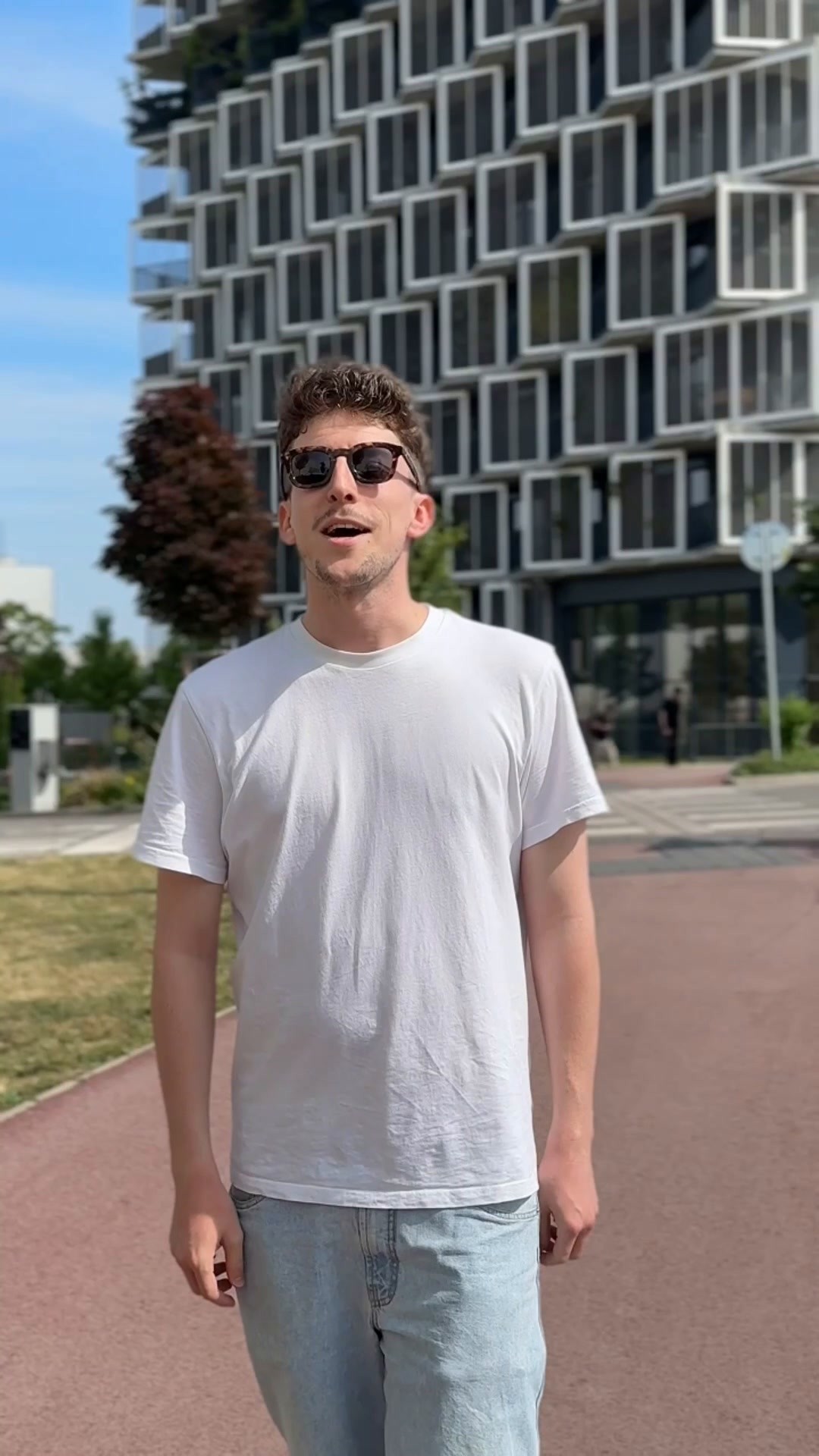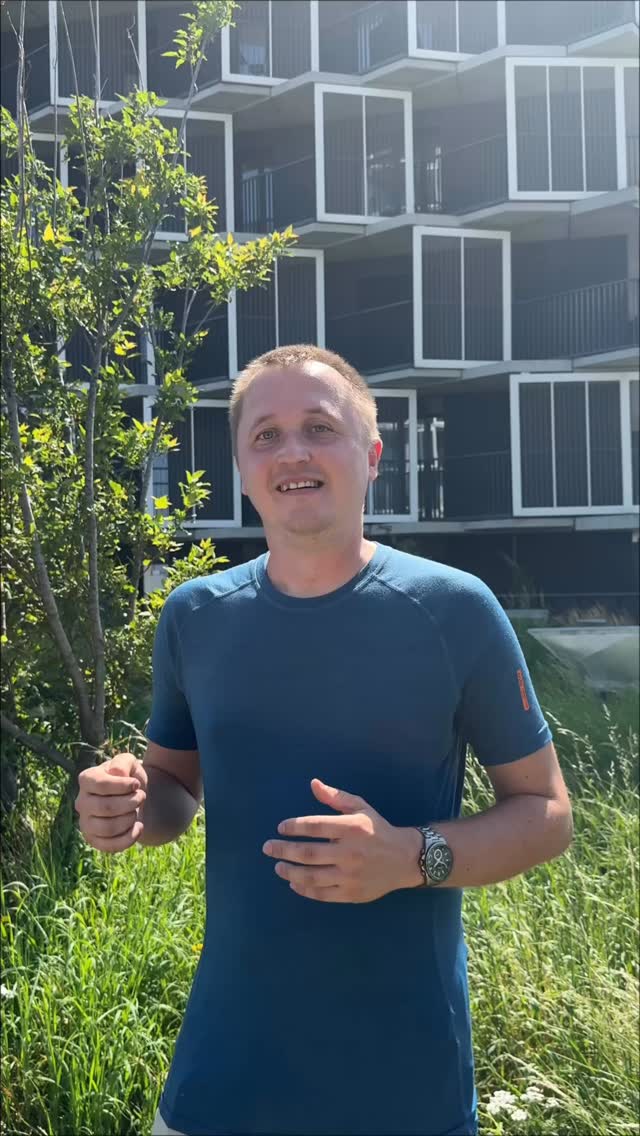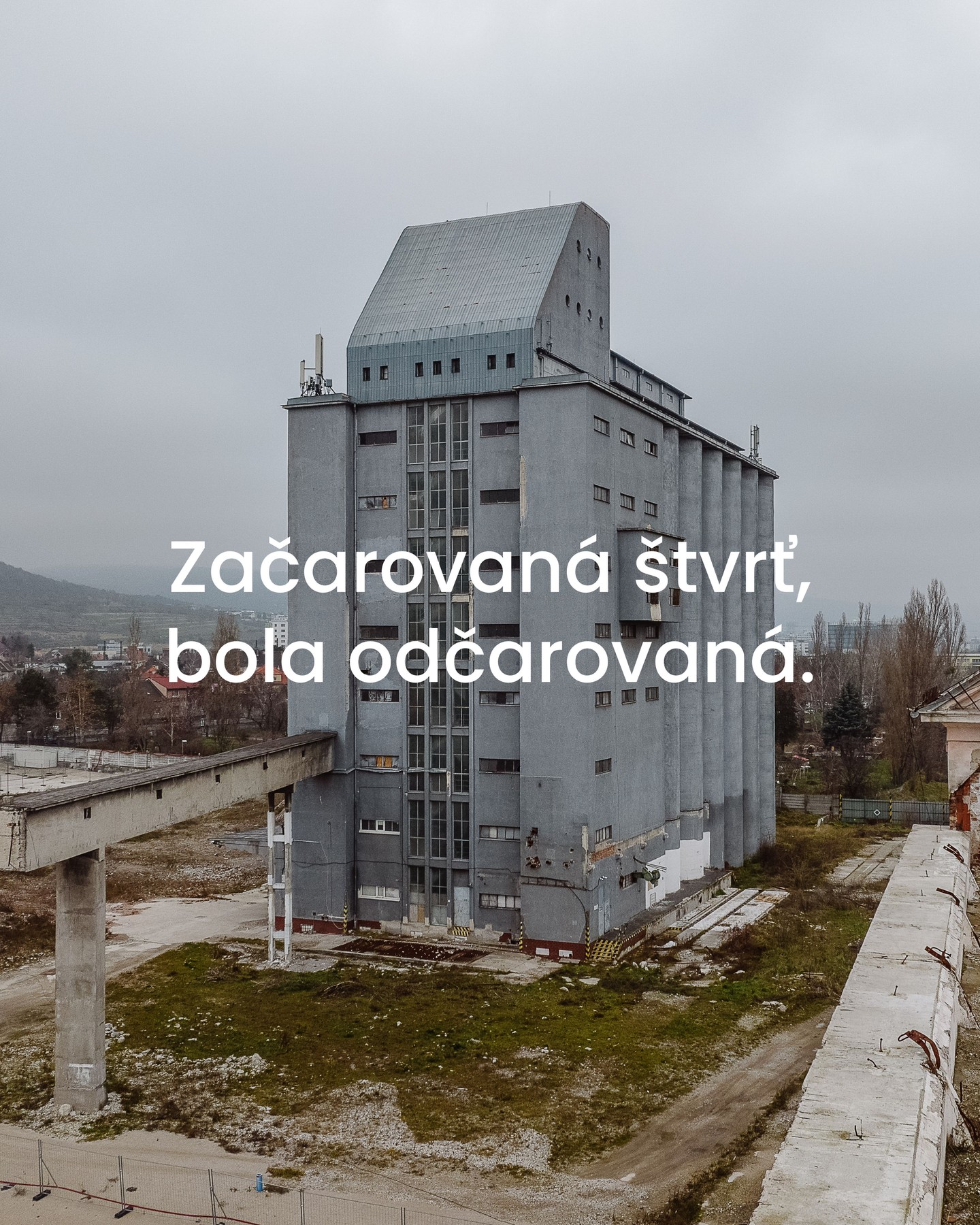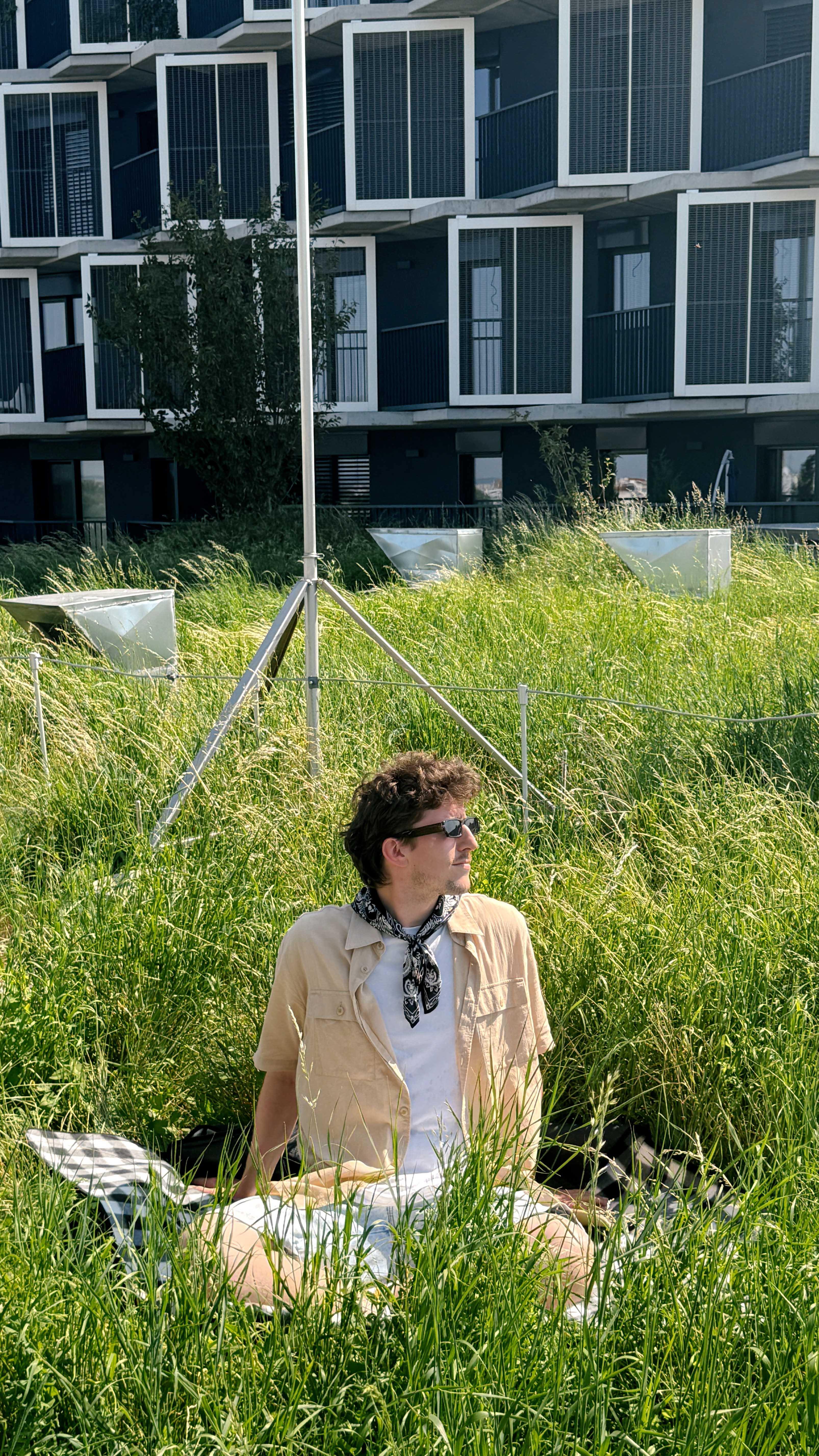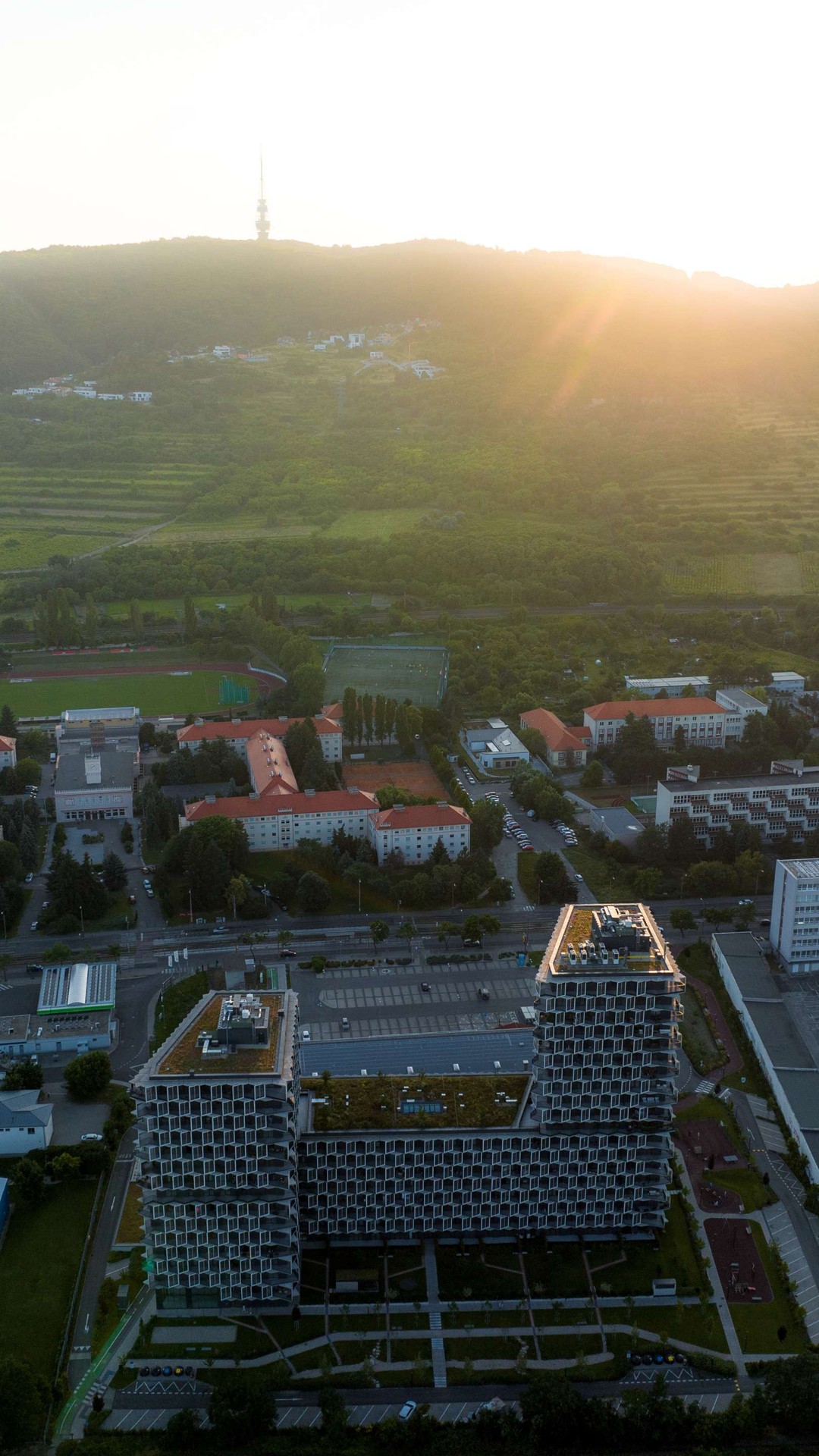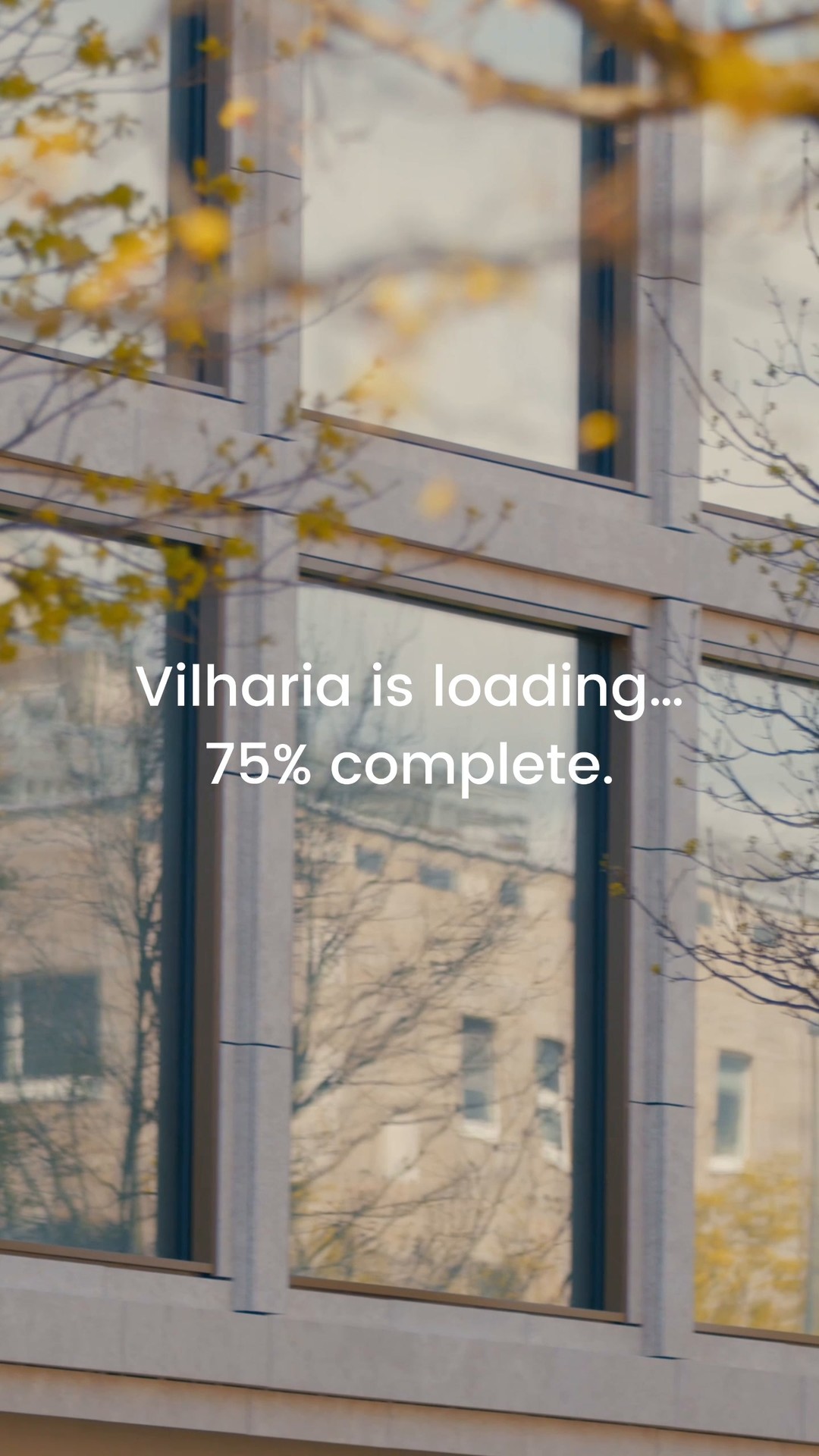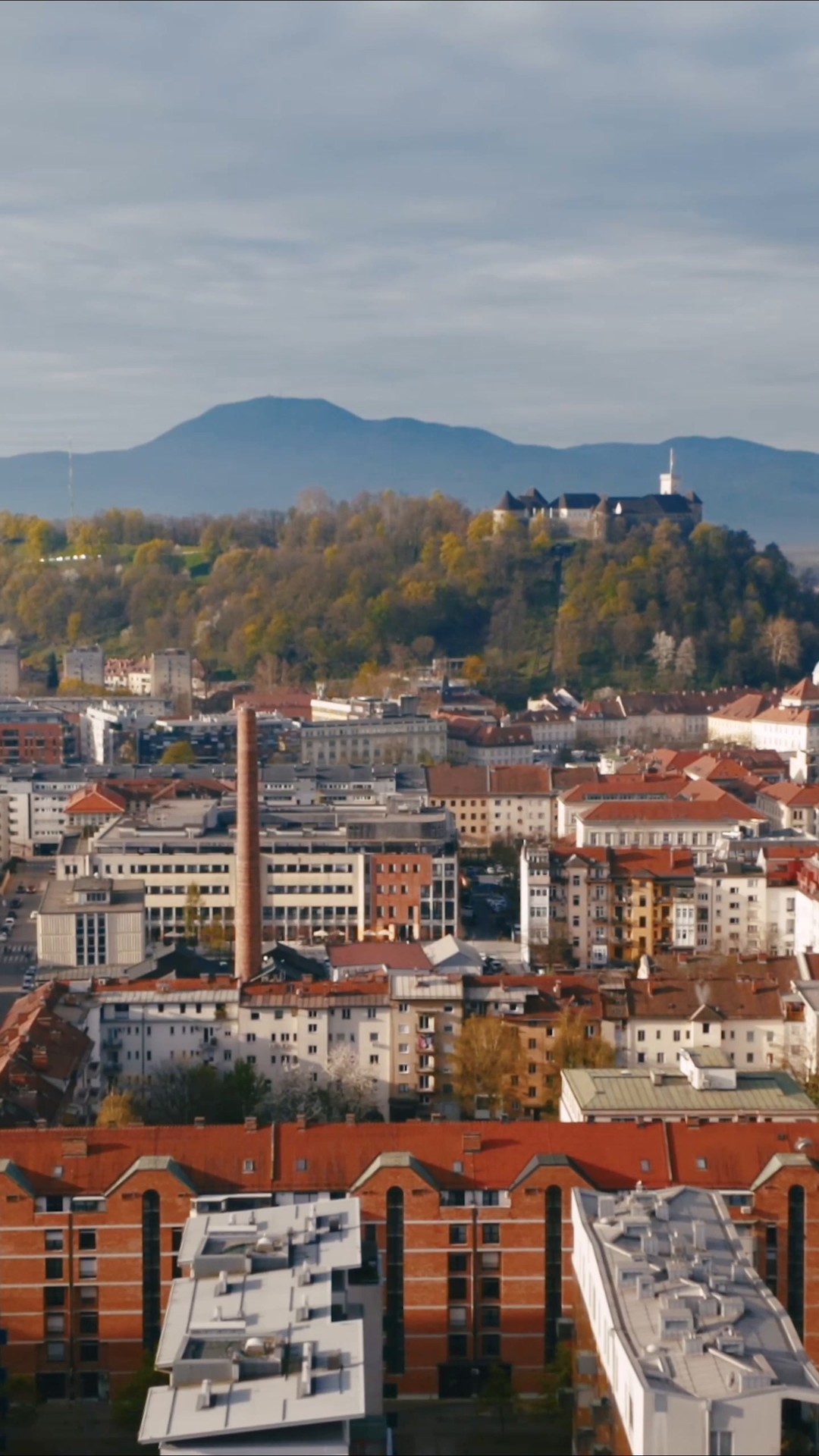#lebokodan
Welcome to our new blog series #CopenhagenInspiresUs. In the coming weeks, we will introduce you to a city that inspires us.

The first episode is dedicated to The Silo, an iconic building in the newly created Copenhagen neighbourhood of Nordhavn.

“In a time of resource scarcity it is important to be bold and ask the question: “Is a newbuild even necessary in this case?” “
Nordhavn was originally an industrial part of the Danish capital filled with workshops and factories. The 17-story silo was used for grain storage and grain processing.

Source: https://www.cobe.dk/place/the-silo
The Silo in its current form came courtesy of Copenhagen’s Cobe Architects studio. It was completed in 2017 and, in addition to being inhabited today, it also serves as a destination for tourists and architecture enthusiasts. The roof of the building is a viewpoint for the public and a restaurant.

The main goal in the transformation of the Silo was to try to preserve its identity, its industrial touch. The architects at Cobe Architects also tried to ensure that as much material as possible from the original silo could be recycled, reused and thus minimize the impact of the reconstruction on the environment.

Source: https://www.cobe.dk/place/the-silo
In this way, up to 2 740 m3 of concrete could be reused, which is equivalent to saving up to 380 tonnes of CO2 emissions. All the excess concrete was eventually used to create seating and podiums around the building.

Source: https://www.cobe.dk/place/the-silo
The façade of today’s Silo is characterized by the platforms projecting from the walls of the building, which serve as balconies / terraces and generate the distinctive 3D look of the building.

We see this building as an iconic project. It is not just a special behemoth. It is also about the materials used, the shape and all that could be created from the old unused silo from the industrial times of the Danish metropolis.

The use of old structures still in good condition and the recycling of materials from a given area or building is always an important step towards a more sustainable development. These measures also contribute to preserving the history of a place that is undergoing a transformation due to social and economic conditions.
Yes, Corwin has also decided to bring back life into the former industrial area of Palma. We want it to become the dominant feature of the new centre of this part of Bratislava. The Nordhavn example shows that this is possible. But that doesn’t mean “our” silo will copy it. Let yourself be surprised…















